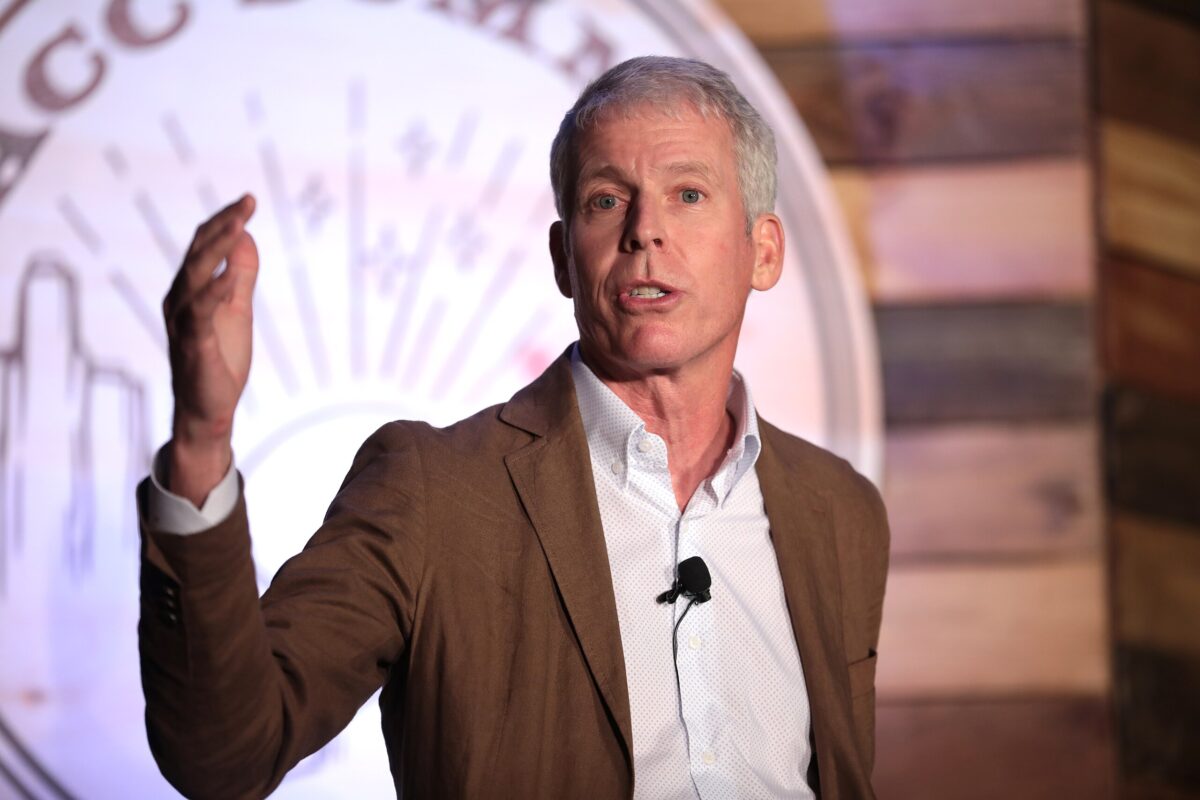By Dr. Wesley Herche
 With all of the recent discussion of renewable energy in Arizona, many people have asked me about the costs of moving away from coal and other fossil fuels and replacing those sources with renewable ones.
With all of the recent discussion of renewable energy in Arizona, many people have asked me about the costs of moving away from coal and other fossil fuels and replacing those sources with renewable ones.
This is a question I have studied carefully, both in my PhD dissertation work, and in subsequent work I published last year in a peer-reviewed study in the scientific journal Renewable & Sustainable Energy Reviews.
My study, “Solar energy strategies in the U.S. utility market,” looked at the rise of solar and the question of whether energy costs go up as a state raises its renewable energy standard. (This is also known as the Renewable Portfolio Standard, or RPS.) For this question, I analyzed all available real-world data for the years 2005 to 2012, a period of time when many states mandated an increase in the use of renewable energy. We can speculate on what might occur with an increase in RPS, but I wanted to see if there is an actual relationship between how aggressive a state’s renewable portfolio standard is and any subsequent increase in utility rates for the states that have already successfully implemented it.
I found that there is no correlation at all. In the 32 states that had a renewable portfolio standard from 2005–2012, there is, on average, no correlated rate increase. And numerous states that achieved a renewable portfolio standard even saw a decrease in rates. These issues involve a complex interaction of factors, and we should be careful not to oversimplify things. But renewable energy technologies such as solar, wind, and battery storage have become so cheap recently that this finding is not all that surprising.
There is a good deal of additional evidence that supports this finding. A study from the U.S. Department of Energy looked at rates from 2010 to 2013 and found that complying with renewable standards accounted for less than 2% of average retail electricity rates.
Another recent study by the Union of Concerned Scientists looked at what would happen if the state of New Mexico put in place a 50% Renewable Energy Standard by 2030. Their study concluded that if lowering the cost of electricity was the long-term goal, “renewable energy, not gas, is the state’s lowest-cost long-term solution.”
The study further pointed out that the “least-cost future is dominated by wind and solar,” which “would create several thousand jobs in construction, operations, and maintenance.” The researchers added that if the state raised the renewable energy standard “most monthly electric bills for mosthouseholds will actually be lower than they were in 2016.”
Up in Colorado, Xcel Energy has been looking into bringing new power plants online and received more than 400 proposals for generating new power. Most of the proposals they received were for renewable energy, and the prices were very low.
Closer to home, Tucson Electric Power announced it will buy solar energy (and storage) from a new plant at the lowest cost ever. The developer noted, “in addition to clean, low-cost energy, this project will create good-paying jobs and increased tax revenue for the state and local community.” Our area of the country has the best solar potential of anywhere in America in terms of available sunlight, so we will probably see more of these record-breaking low prices for solar in Arizona.
There will surely be more research into these questions. As policymakers grapple with energy choices, relying on accurate data should help them come to well-informed decisions.
Dr. Wesley Herche is a former senior intelligence officer for the United States Department of Defense, who researches energy security at Arizona State University. Currently Dr. Herche is the Associate Director of Research at the ASU Global Security Initiative, and a Senior Sustainability Scientist at the Global Institute of Sustainability. His work has been subject to scientific peer review for accuracy.
This post was first published on Medium.com, and has been reprinted with the permission of Dr. Herche
The views and opinions expressed in this article are the author’s own, and do not necessarily reflect those held by pv magazine.
This content is protected by copyright and may not be reused. If you want to cooperate with us and would like to reuse some of our content, please contact: editors@pv-magazine.com.








By submitting this form you agree to pv magazine using your data for the purposes of publishing your comment.
Your personal data will only be disclosed or otherwise transmitted to third parties for the purposes of spam filtering or if this is necessary for technical maintenance of the website. Any other transfer to third parties will not take place unless this is justified on the basis of applicable data protection regulations or if pv magazine is legally obliged to do so.
You may revoke this consent at any time with effect for the future, in which case your personal data will be deleted immediately. Otherwise, your data will be deleted if pv magazine has processed your request or the purpose of data storage is fulfilled.
Further information on data privacy can be found in our Data Protection Policy.